Domain spam is a common problem these days. It is the practice of sending unsolicited emails in bu 2024-1-12 13:43:46 Author: securityboulevard.com(查看原文) 阅读量:3 收藏
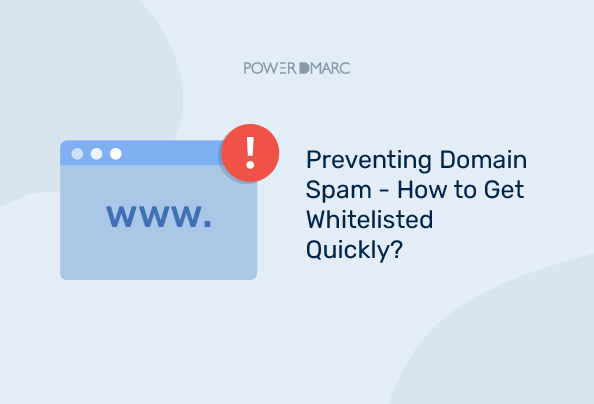
Domain spam is a common problem these days. It is the practice of sending unsolicited emails in bulk to many recipients. These emails can be harmful and can infect your computer with malicious programs.
To prevent domain spam, email marketers need to be allowed by the major email service providers (ESPs). In this article, we will discuss how to get unblocked quickly and effectively.
What is Domain Spam?
Domain spam refers to unsolicited emails that are sent to a large number of people to promote a product or service. These emails are often sent from domains with a bad reputation and are classified as malicious or phishing by multiple well-known domain and DNS blocklists.
Types of Domain Spam Blocklists
Domain spam blocklists can be categorized into IP-based and Domain-based. Let’s look at them:
IP-Based Blocklists
Mailbox Providers use Real-time Blocklists (RBL) and Domain Name Server Blocklists (DNSBL) to identify if the IP address of the sending server belongs to a sender that allows other servers to connect and ship from their system (open-relays), are known spammers, or an ISP that allows spammers to use their infrastructure.
- SpamCop (SCBL): Includes IPs reported for sending spam to SpamCop users, with automatic delisting after 24 hours if spam reports cease.
- Psbl.surriel.com: Passive Spam Block List (PSBL) includes IPs not recognized as mail servers, allowing whitelisting.
- Ubl.unsubscore.com: Lashback’s UBL lists senders targeting harvested addresses from suppression lists.
- Xbl.spamhaus.org (XBL): Focuses on servers with security issues like open proxies or those sending executable viruses, often indicating a compromised system.
- Cbl.abuseat.org (CBL): Lists IPs behaving as open proxies or used for spam/virus transmission, providing a self-removal option.
- Invaluement: Consists of ivmSIP (spam-only IPs), imvSIP/24 (entire IP blocks), and ivmURI (domain-based blocklist) targeting spam sent to real users.
- Sbl.spamhaus.org (SBL): Managed by volunteer editors, this list targets senders hitting spam trap networks, imposing significant deliverability consequences.
Domain-Based Blocklists
These blocklists are based on the domain name of the sender’s email address. They are used to identify domains that are known to send spam or have been compromised.
- URIBL: Identifies domains used in spam email, with black.uribl.com being crucial for delivery; updates occur frequently, and removal can be automatic or requested by the domain owner.
- Dbl.spamhaus.org: Real-time blocklist covering domains found in spam messages, maintained by an automated system and global team members.
- SURBL: Lists website domains from unsolicited messages, and domain owners can request removal through an initial lookup and following specific instructions.
Reasons Your Domain is on a Spam Blocklist
Domain names like “amazon.com” or “google.com” are the unique identifiers of websites that your audiences and web users use to find information about your company and look for your services. Spammers can use your domain name to create fake or misleading websites that look legitimate and trick users into clicking on malicious links or downloading harmful software. Using domain names to circulate malicious content could lead to them being flagged as spam.
There are several reasons why your domain might be on a spam block list. Some of the common causes include:
- High spam complaint rates: If your email recipients mark your emails as spam, it can lead to your domain being blocked.
- Poor email list hygiene: If you send emails to invalid email addresses or to people who have not opted in to receive your emails, it can lead to your domain being blocked.
- High email sending volume: If you send many emails in a short period, it can trigger spam filters and secure your domain.
- Bad content: Certain words or phrases in your email content can trigger spam filters and lead to your domain being blacklisted.
What Does Whitelist Mean?
Whitelisting in domain spam means adding a domain name to a list of trusted senders who can send emails to your inbox. This can help you avoid missing important emails from legitimate sources that might otherwise be blocked or filtered by spam filters.
Whitelisting can also improve your email deliverability and reputation, as it shows that your domain is verified and trusted by the major email service providers (ESPs).
Why Should You Whitelist a Domain in Gmail?
Whitelisting a domain in Gmail means adding a domain name to a list of trusted senders, bypassing spam filters. This can help you receive important emails from legitimate sources without being marked as spam or missing out on valuable information.
There are different reasons why you might whitelist a domain in Gmail, such as:
- You want to receive emails from a specific sender or organization you trust, such as your bank, employer, school, etc.
- To receive emails from a particular website or service you use frequently, such as your favorite online store, social media platform, streaming service, etc.
- You want to receive emails from a specific address list you have created or imported, such as your contacts, subscribers, customers, etc.
How to Whitelist an Email?
Let’s have a look at various methods to get whitelisted quickly:
1. How to get Whitelisted in Gmail?
Here’s how to whitelist an email address in Gmail and ensuring emails from them always land in your inbox:
- Open Gmail and click the Settings gear icon in the top right corner.
![]()
- Click See all settings.

- Select the Filters and Blocked Addresses tab.
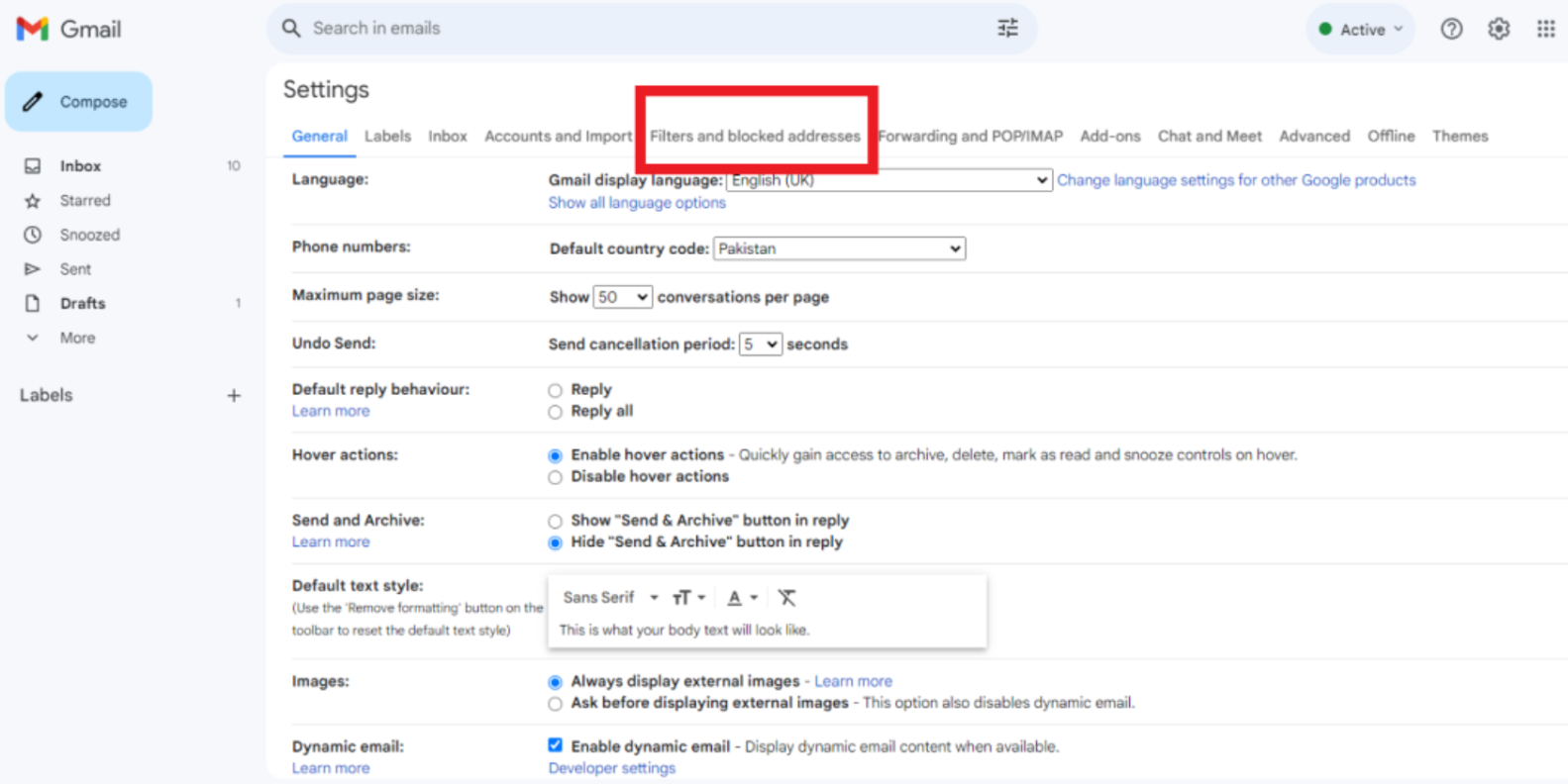
- Click Create a new filter.
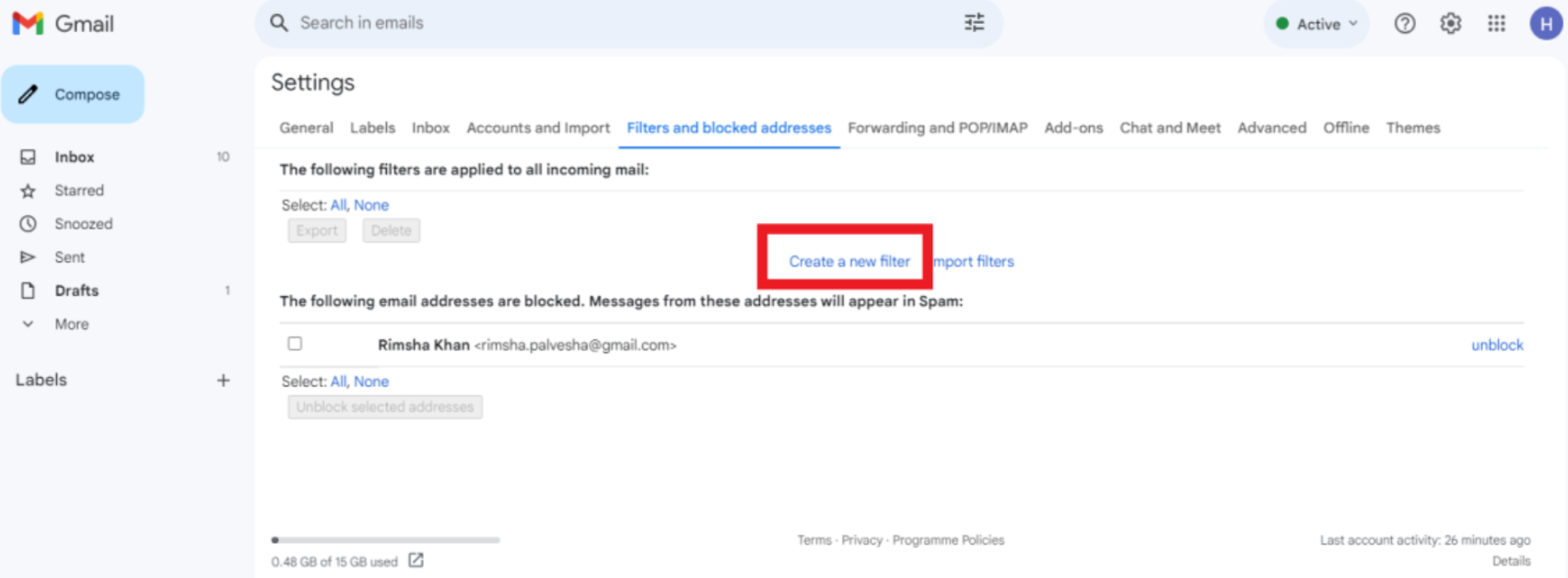
- Enter the email address or domain you want to whitelist from Form field.
- Scroll down and check the box for Never send it to Spam.
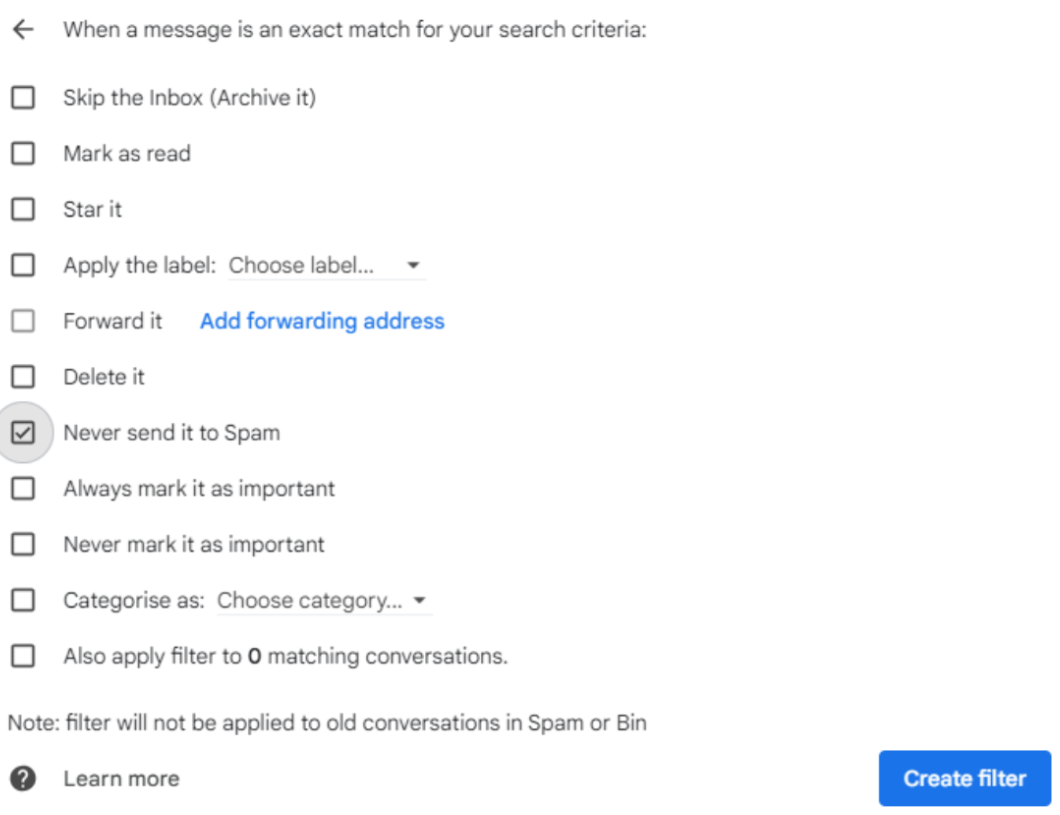
- Click Create filter.

That’s it! Emails from the specified address or domain will now bypass the spam filter and land straight in your inbox.
Bonus Tip: You can also whitelist an email from the spam folder itself. Open the email, click the three dots, and select Not Spam. This creates a filter that automatically whitelists the sender.
2. How to Whitelist a Domain in Office 365
Let’s have a look at step-by-step procedure for whitelisting a domain in Office 365:
- Open the Microsoft 365 admin center.
- Click Security & Compliance in the left pane.
- Under Threat policies, select Anti-spam.
- Click the Anti-spam inbound policy (Default).
- Scroll down and click Edit allowed and blocked senders and domains.
- Under Allow domains, click the + icon and enter the domain name.
- Click Save to apply the changes.
Bonus Tip: You can also whitelist individual email addresses using the same steps. Just enter the address instead of the domain in the “Allow domains” section.
3. Whitelisting an Email in Yahoo
Here’s everything about how to whitelist a domain in Yahoo:
- Open Yahoo Mail and click the gear icon in the top right corner.
- Click on Filters.
- Click the + Add button.
- In the From field, type the email address or domain you want to whitelist.
- Under Move the message to: select Inbox.
- Click Save to activate the filter.
Tips to Preventing Domain Spam
There are many ways that spammers can get your site in trouble. Here are some tips to help you prevent them from getting there.
- Implement SPF (Sender Policy Framework): Set up SPF records to specify which mail servers are authorized to send emails on your domain’s behalf, preventing email and domain name spoofing.
- Use DKIM (DomainKeys Identified Mail): Enable DKIM to add a digital signature to your emails, ensuring message content remains unaltered.
- Enable DMARC (Domain-based Message Authentication, Reporting, and Conformance): Implement DMARC to enforce email authentication and receive reports on email delivery, helping you identify and prevent domain abuse.
- Secure Domain Registrar Account: Choose a reputable domain registrar and employ strong authentication measures, like multi-factor authentication, to secure access to your domain settings.
- Monitor SSL/TLS Certificates: Ensure that SSL/TLS certificates are valid and up to date, as compromised credentials can be exploited for malicious purposes.
- Review WHOIS Information: Regularly check WHOIS information for your domain to verify its accuracy and identify any unauthorized changes.
- Limit Subdomain Creation: Restrict the creation of subdomains to authorized personnel, only, reducing the risk of spammers creating malicious subdomains.
- Utilize Web Application Firewalls (WAF): Implement a WAF to protect your website and applications from various online threats, including potential spam attacks.
- Regular Security Audits: Conduct periodic security audits of your domain infrastructure, including reviewing logs, to detect and address any signs of suspicious activity.
Final Words
Domain spam is a serious threat to email marketing that can damage your deliverability and reputation. To prevent domain spam, you need to be allowed by the major email service providers. This means that your domains are verified and trusted by them, and your emails are less likely to be blocked or filtered.
To get whitelisted quickly, you need to follow some best practices, such as registering your domains, using reputable hosting services, implementing security measures, and providing value-added content to your recipients. Doing so can improve your email marketing performance and avoid domain spam.
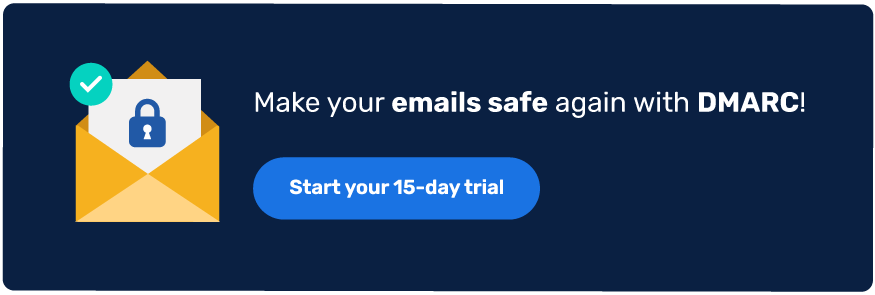
*** This is a Security Bloggers Network syndicated blog from PowerDMARC authored by Ahona Rudra. Read the original post at: https://powerdmarc.com/prevent-domain-spam-get-whitelisted/
如有侵权请联系:admin#unsafe.sh